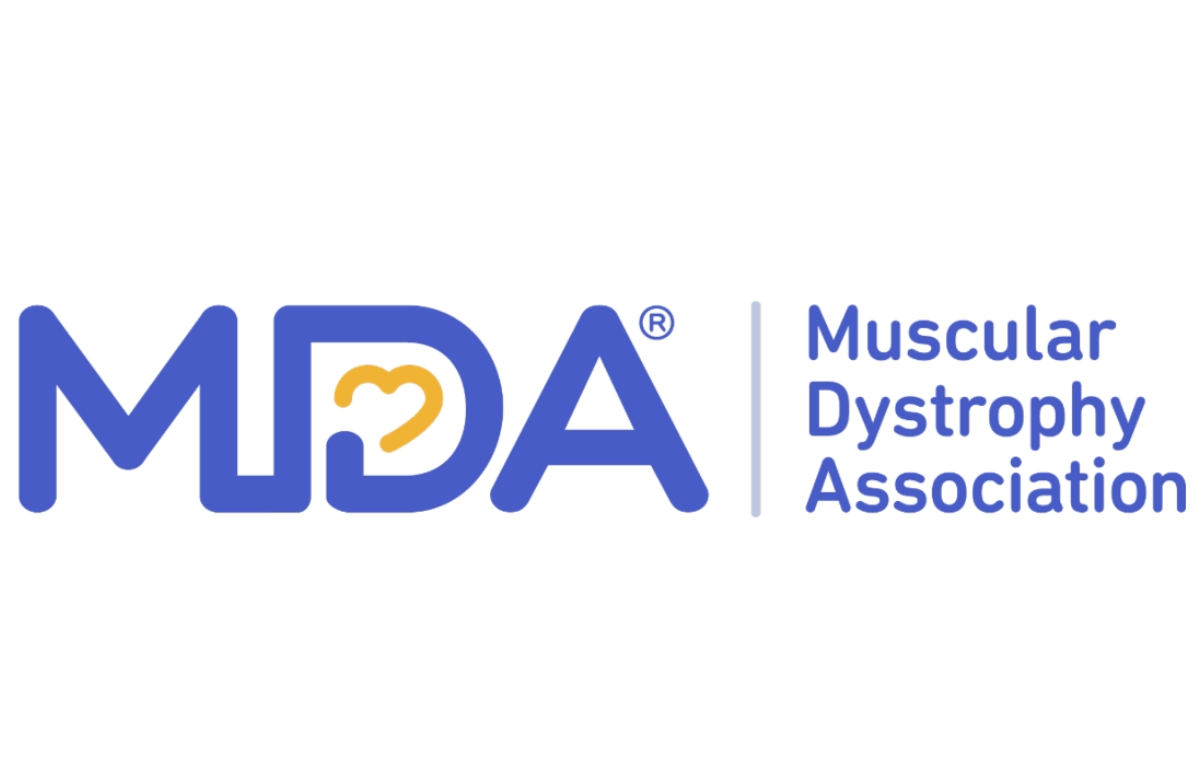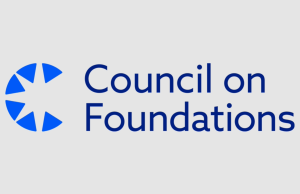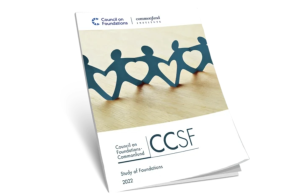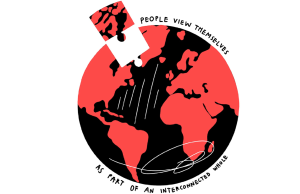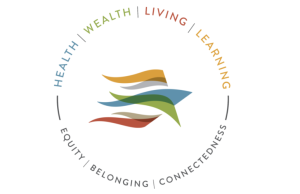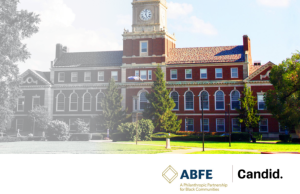Many of a certain age nostalgically recall the Muscular Dystrophy Association’s (MDA) annual Labor Day Telethon as a holiday must-see, coinciding with the end of summer.
From 1966 to 2010, the 21 ½-hour fundraising extravaganza was hosted by legendary comic and actor Jerry Lewis, who had been doing televised fundraisers for MDA since the middle 1950s. The telethon seen annually on television screens across America and became a forerunner of modern-day crowdfunding before the concept even existed. The annual event raised more than $2.5 billion for the Chicago-based charity and gave rise to a new public awareness of neuromuscular disorders of which most people had not previously heard.
Lewis’ announced his retirement in early 2011 and the telethon continued in streamlined format, rechristened the “MDA Show of Strength Telethon.” Changing demographics and viewer habits led MDA to pull the plug after the event aired for the final time in 2014.
The organization has evolved the fundraising from a weekend to a month event via its 30 Days of Strength campaign. The campaign features collaborations with influencers and community leaders including MDA National Spokesperson Nyheim Hines, running back for the NFL Buffalo Bills, and coincides with September’s designation as National Muscular Dystrophy Awareness Month.
“When the telethon first started, there was no field of medicine dealing with muscle loss,” MDA Chief Marketing Officer Morgan Roth told The NonProfit Times. “Were it not for the telethon and the billions of dollars it raised, we would not have been able to announce more than 20 FDA (Food and Drug Administration) approved therapies and treatments for neuromuscular diseases just since 2015. But for people like me who live with neuromuscular disease, it wasn’t only about the dollars raised. It was also about creating awareness and getting scientists excited about the possibilities to treat these diseases, which were devastating and oftentimes fatal.”
For an organization that once received as much as one-third of annual revenue from the telethon, hitting the sweet spot of fundraising in the years since has required it to evolve its strategy to what Roth called “an amalgam of modern-day outreach” including direct mail, email marketing, social media, and other digital channels. Additional fundraising continues via decades-long partnerships with the International Association of Fire Fighters (IAFF) Fill the Boot campaign and National Association of Letter Carriers (NALC) Deliver the Cure campaign, which have generated $690 million and $105 million respectively during the past 70 years. The MDA Shamrocks campaign, held in the runup to St. Patrick’s Day, has raised an additional $340 million during the past four decades through sales of iconic paper shamrocks representing good luck. The charity also enjoys continued support from corporate benefactors including Harley-Davidson and Citgo.
MDA reported $63.3 million in revenue on its 2022 federal Form 990, about flat from the previous filing year. “Like a lot of nonprofits, we are turning to digital and other opportunities throughout the year rather relying on just one massive fundraising event. The burden on us now is to maintain a level of revenue so we can continue breakthrough science and continue advocating for the rights and access of the neuromuscular disease community,” Roth said.
The early groundwork laid by the telethon cannot be overstated, however. “MDA will be forever grateful to Jerry Lewis, a world-class humanitarian, for his indefatigable and inspiring work on behalf of kids and families with neuromuscular diseases and for the countless dollars his commitment helped raise for critical research and services,” MDA leaders said via a statement. Classic footage from the telethon can be viewed online at the MDA Telethon YouTube channel.

